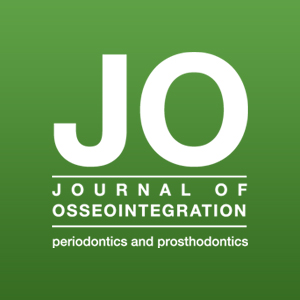Total flapless split-crest technique with tunnel connective graft using microspire conical connection implants: a 3-year retrospective study

Submitted: 21 May 2023
Accepted: 23 May 2023
Published: 26 May 2023
Accepted: 23 May 2023
Abstract Views: 924
PDF: 350
Publisher's note
All claims expressed in this article are solely those of the authors and do not necessarily represent those of their affiliated organizations, or those of the publisher, the editors and the reviewers. Any product that may be evaluated in this article or claim that may be made by its manufacturer is not guaranteed or endorsed by the publisher.
All claims expressed in this article are solely those of the authors and do not necessarily represent those of their affiliated organizations, or those of the publisher, the editors and the reviewers. Any product that may be evaluated in this article or claim that may be made by its manufacturer is not guaranteed or endorsed by the publisher.


 https://doi.org/10.23805/JO.2023.582
https://doi.org/10.23805/JO.2023.582








